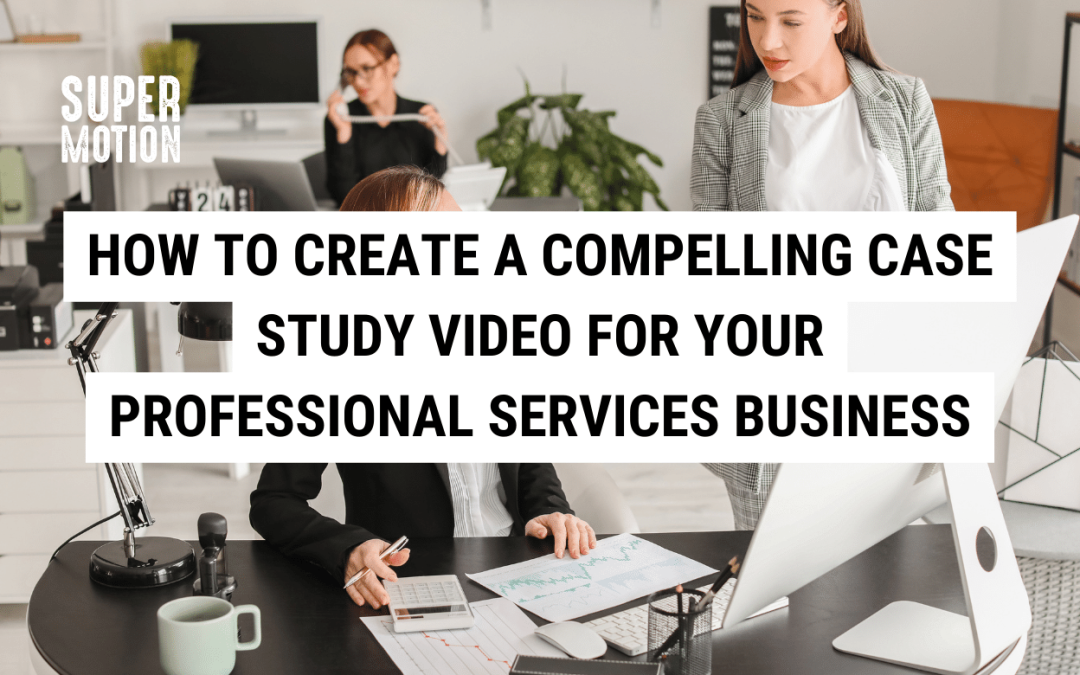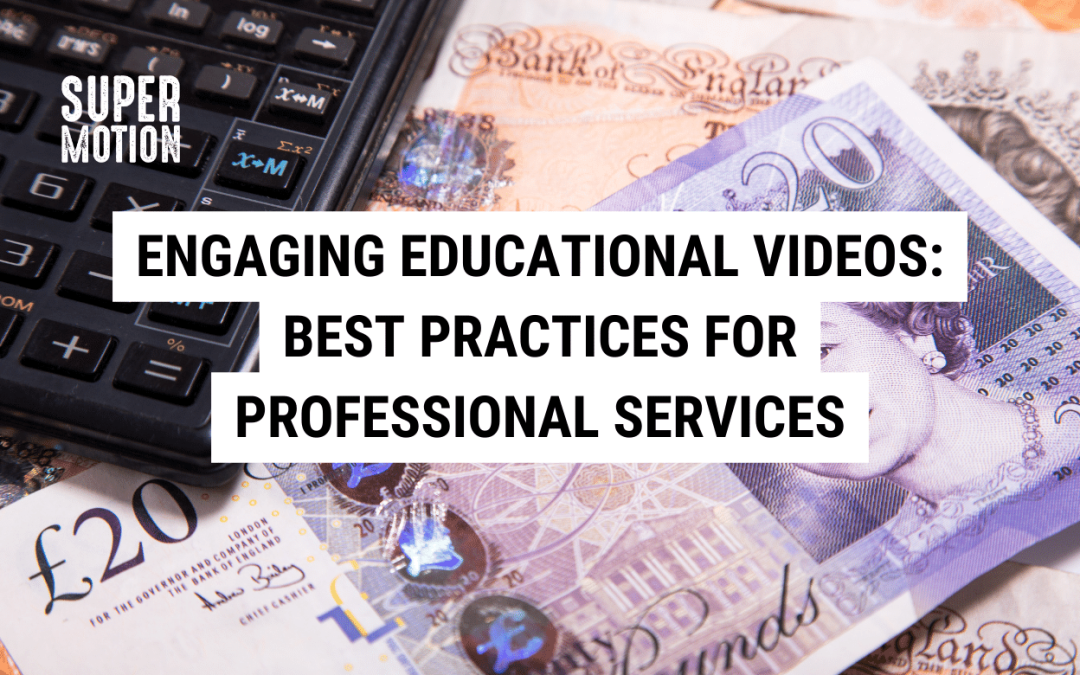
How to Create a Compelling Case Study Video for Your Professional Services Business
How to Create a Compelling Case Study Video for Your Professional Services Business
Case study videos are an effective marketing tool for businesses in the professional services sector. They provide an opportunity to showcase your brand’s success stories and highlight your expertise to potential clients.
However, creating a compelling case study video takes more than just filming a talking head.
In this article, we’ll provide you with guidance on how to create a case study video that aligns with your brand values, resonates with your target audience, and drives conversions.
1. Your Case Study Must Have a Clear Message
The first step in creating a case study video is to identify the key message you want to convey.
Your message should align with your brand values and speak directly to your target audience. Keep in mind that the goal of your video is to show how your services have helped a client overcome a specific challenge.
Emphasise the results of your work and how it has impacted their business. Your message should be clear, concise, and communicated effectively.
2. Your Case Study Must Deliver for Your Audience
Identifying and understanding your target audience is crucial to creating an effective case study video.
Your case study video should be tailored to the needs and goals of your intended audience.
Consider the demographics, challenges, and pain points that your audience faces. This will help you tailor your message to resonate with them.

3. Plan Your Case Study Video with a Storyboard
Once you have your message and target audience identified, it’s time to storyboard your video.
A storyboard can help you visualise the flow of your case study before you start filming. A storyboard will help you identify the key shots needed to tell your story effectively.
It’s also beneficial to receive input from various stakeholders during this process, ensuring that the final product aligns with your business strategy.
4. Prepare to Conduct Impactful Interviews
Interviews are a crucial element of the case study video.
You want to evoke storytelling that conveys the journey of your client’s success.
To achieve that result, you need to ask open questions that allow you to elicit natural and detailed responses. This helps to create a compelling narrative that your target audience connects with. When conducting interviews, consider the following:
- Develop your questions in advance
- Be patient with your interviewee
- Encourage storytelling instead of technical details
- Aim for authenticity in your interviews
If you feel uncomfortable interviewing your clients, you may find it beneficial to work with a third party to produce your case study video.

5. Select Visuals to Complement Your Case Study
Choosing visuals that complement your message enhances the delivery of your case study video.
Your visuals must be relevant and convey the key message of your case study.
Avoid using stock photos and instead, consider using actual footage of your client.
Consider using B-roll footage can also help break up the interview footage and provide visual interest.
6. Make Preparations to Produce Your Case Study Video
When creating a case study video, planning in advance is important.
Ensure you have timelines and budgets in place to allow for the efficient production of your video.
Make sure that you’ve considered the locations you’ll use to film your case study video and confirm your interviewees.

7. Set a Budget for Your Case Study Video
It’s essential to have a budget for your video production.
When creating a budget, ensure that the necessary resources required to create a high-quality video are included.
Your budget should include aspects like camera equipment and editing software.
You’ll also need to weigh up the costs of producing the video in-house or whether outsourcing the production will be more cost-effective.
8. Measuring Success of Your Case Study Video
Measuring the impact of your case study video is necessary to determine its effectiveness.
Establishing what success looks like and how you’ll measure the success of your case study video is central to this process.
What metrics will you use to measure success?
Which of these metrics are key performance indicators?
Common metrics can include views, engagement rates, and click-through rates.

Conclusion
Creating a compelling case study video should align with your brand values, resonate with your target audience, and drive conversions.
When crafting your video, consider the message you want to convey, understand your target audience, and storyboard your video flow.
Prepare to conduct impactful interviews, consider the visuals that will complement your narrative, and make preparations for the production stage — like confirming locations and your interviewees. Budget for your video production, and measure the success of your case study video. By following these steps, you create a compelling case study video that delivers optimal results.
To start your video journey, book a strategy call or get in touch on 01225 970242.




Recent Comments